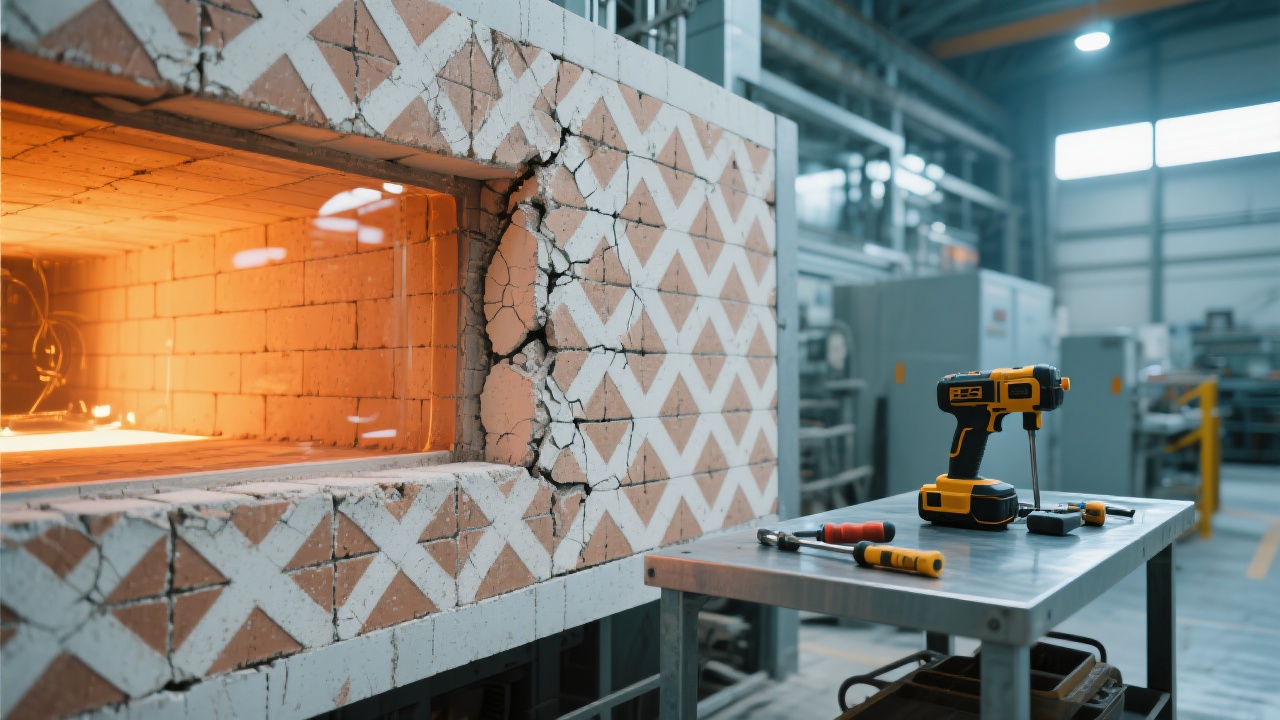
In the cement production industry, the lining materials of large dry-process cement rotary kilns play a crucial role. Traditional lining materials often face challenges such as short service life and insufficient performance, which have a negative impact on production efficiency and cost. In this context, magnesium - iron spinel bricks and synthetic magnesium - iron - aluminum spinel bricks have emerged as promising solutions.
Both magnesium - iron spinel bricks and synthetic magnesium - iron - aluminum spinel bricks are made from high - purity magnesia and ferrite - aluminum spinel clinker. They are fired under strictly controlled temperature and sintering atmosphere. For example, the sintering temperature is usually maintained between 1600 - 1700°C, and the sintering atmosphere is carefully adjusted to ensure the best crystal structure formation. This advanced production process endows these two types of bricks with excellent flexibility, temperature stability, and strong bonding ability with the kiln wall, as well as outstanding corrosion resistance.
To better understand the advantages of magnesium - iron spinel bricks and synthetic magnesium - iron - aluminum spinel bricks, a comparison with traditional high - quality magnesium - chromium bricks is necessary. The following table shows the performance comparison:
| Performance Indicators | Magnesium - Iron Spinel Bricks | Synthetic Magnesium - Iron - Aluminum Spinel Bricks | Traditional Magnesium - Chromium Bricks |
|---|---|---|---|
| Flexibility | High, can adapt to the deformation of the kiln wall | High, better than traditional bricks | Relatively low |
| Temperature Stability | Can maintain stable performance at 1400 - 1500°C | Can maintain stable performance at 1450 - 1550°C | Performance begins to decline at around 1350°C |
| Corrosion Resistance | Resistant to alkaline and acidic substances in the kiln, corrosion rate is less than 5% per year | Excellent corrosion resistance, corrosion rate is less than 3% per year | Corrosion rate is about 8% per year |
From the data in the table, it is clear that magnesium - iron spinel bricks and synthetic magnesium - iron - aluminum spinel bricks have significant advantages over traditional magnesium - chromium bricks in terms of flexibility, temperature stability, and corrosion resistance.

Let's take a large - scale cement plant as an example. Before using magnesium - iron spinel bricks and synthetic magnesium - iron - aluminum spinel bricks, they used traditional magnesium - chromium bricks. The service life of the kiln lining was only about 8 months, and frequent replacements affected production efficiency and increased costs. After replacing with magnesium - iron spinel bricks, the service life of the kiln lining was extended to 12 months. When using synthetic magnesium - iron - aluminum spinel bricks, the service life was further extended to 15 months. At the same time, the production efficiency increased by about 10% due to the reduction of shutdown time for replacement.
For cement enterprises at the decision - making stage of lining material selection, magnesium - iron spinel bricks and synthetic magnesium - iron - aluminum spinel bricks are undoubtedly excellent choices. They can effectively extend the service life of the kiln, improve production efficiency, and reduce production costs. If you want to learn more about these two products and how they can benefit your business, please click here to contact our online customer service. We are looking forward to helping you make the best decision for your cement production.

